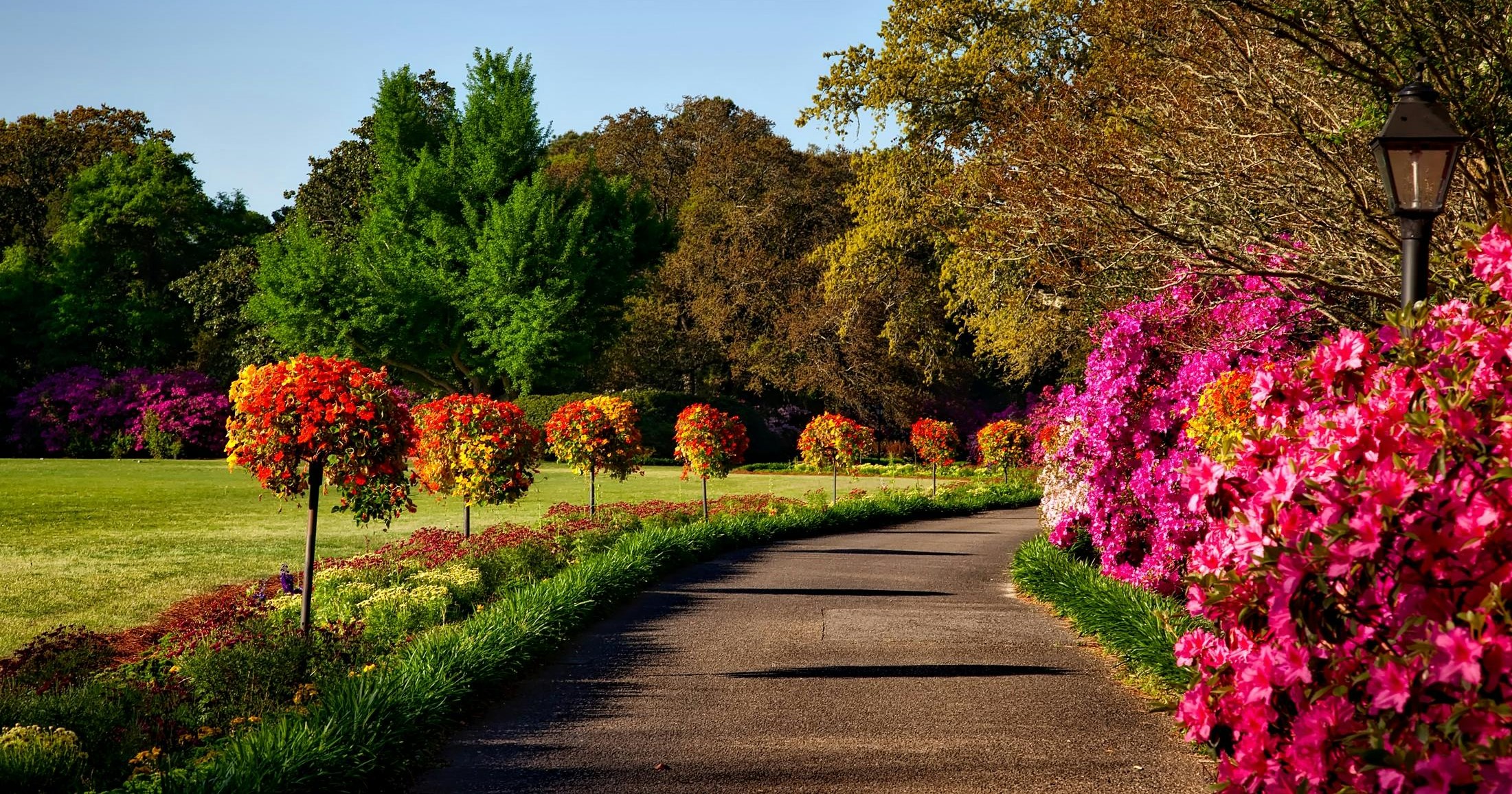Ten tips for incorporating habitat into your home landscape

MACOMB, Ill. — Habitat was once thought of as something outside of town in the countryside. Today incorporating habitat into home landscaping in and around towns and cities has become a top trend across the United States.
However, a naturalistic style of landscape design does not always fit our homeowners association covenants, city codes or a neighbor’s taste. To make the natural landscape easily recognized as a ‘garden’ it is important to make it intentional. Habitat is not just letting weeds grow or abandoning the lawn. There is deliberate design behind the communities of plants being grown.
Here are 10 tips to help you create your piece of habitat in your yard.
Borders
This can be a mowed edge, fence or an edge of low plants. I like the appearance of prairie dropseed as a transition from lawn to a natural garden. A bordering device frames the planted area and lends it a tended look.
Curved Lines
Nature is fluid. Make your borders curve but have some restraint. Random bumps and bends can become excessive.
Swaths of Plants
In public spaces like Lurie Garden, designers are installing swaths of plants in sweeping shapes of bold color, texture and form.
Transition from formal to informal
More traditional landscaping can shift to more naturalistic planting schemes as you move away from the home. This can help tie into both the building and surrounding area and give an indication of intentional design.
Right Plant, Right Place
Match your site conditions with appropriate plants. Installing sun-loving plants in full shade will prove unsuccessful and the result will be unattractive. Select plants that will thrive in your existing conditions.
Consider Native Plants
Every plant is native to somewhere, so it can be helpful to do a bit of research on what the historic vegetation was in your area. Contact your local Extension for more resources. This can help reinforce a local identity versus installing non-native landscape ornamentals that can be found anywhere in the world.
Dress Up Native Plants During the Establishment Phase
Native plants take time to become established. In the first year or two, prairie plants will concentrate on root growth, which may lead to the frustration of the gardener unaware of what is happening below the soil surface. Consider dressing up the natural garden those first two years with containers of annuals or seeding native annuals in the garden along with the perennials. Purchasing native forbs or grasses in larger containers will lessen establishment time but will increase the price tag.
Manage the Weeds
Yes, even natural landscapes have their weeds. Cool-season lawn grasses can become a nuisance if they creep into the natural garden. Even some of the desirable prairie grasses such as yellow Indian grass or big bluestem can be bullies to the native wildflowers. Pull, dig out and trim where necessary. Use herbicides as a last resort and be very careful of surrounding plants. Always read and follow pesticide labels.
The Personal Touch
Make this your garden and welcome others to experience it with you. Include pathways through the garden, benches for relaxing, birdfeeders and birdbaths for entertainment. Sculpture and statuary certainly have a place in a natural landscape and give an intentional look.
Educate
Signs are great methods to entice those passing by to stop and learn about habitat. You can certify your site with a conservation organization. Install a decorative box in front of the garden containing a map of the habitat you created along with additional educational materials on the hows and whys.
Miss Clipping Out Stories to Save for Later?
Click the Purchase Story button below to order a print of this story. We will print it for you on matte photo paper to keep forever.

